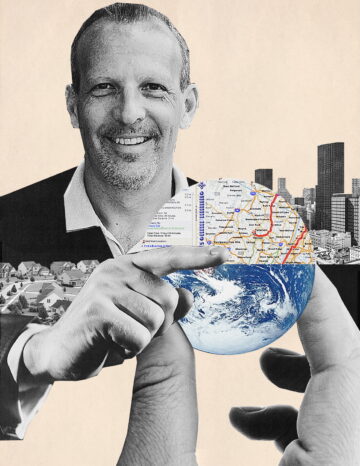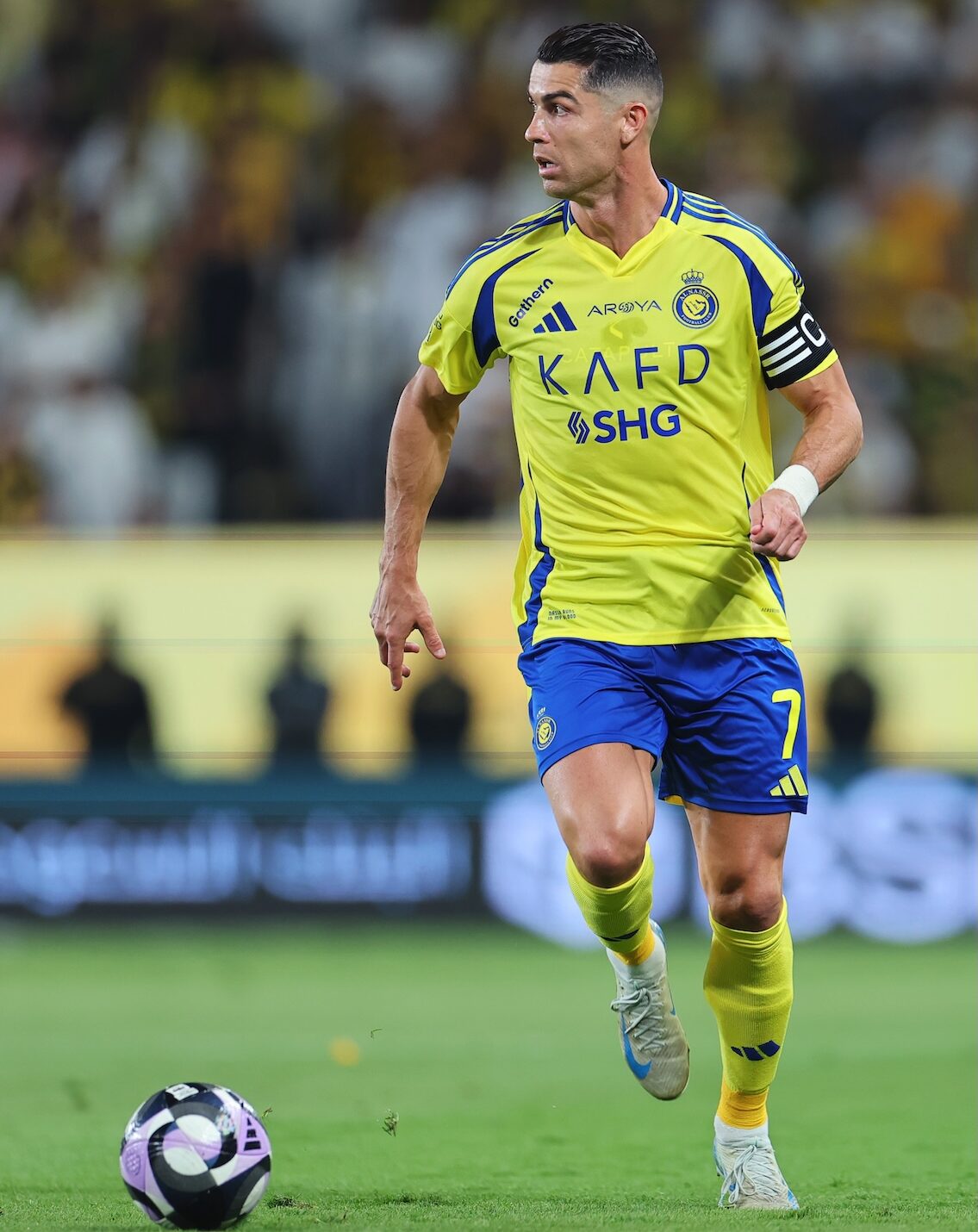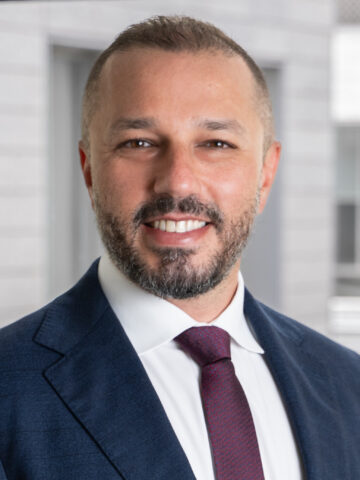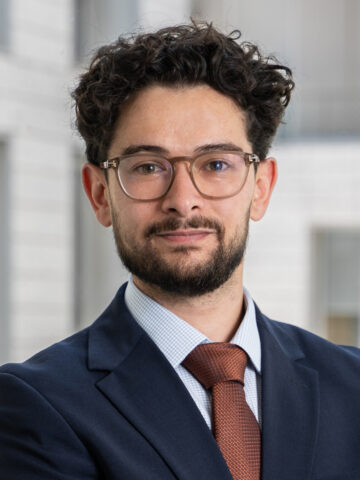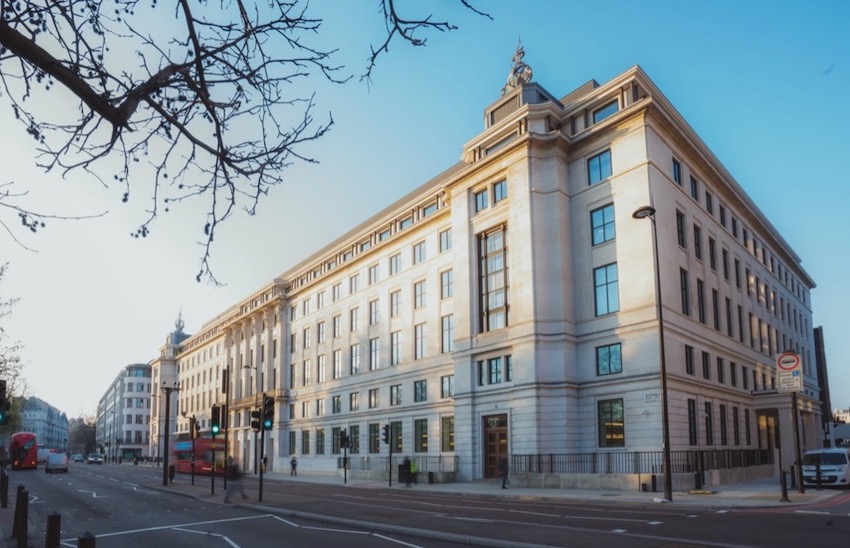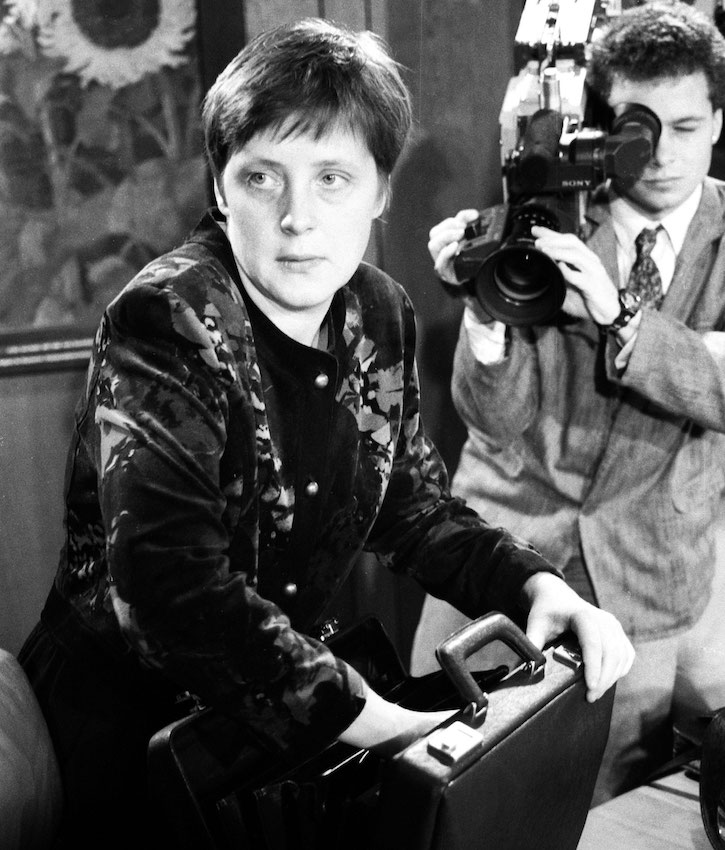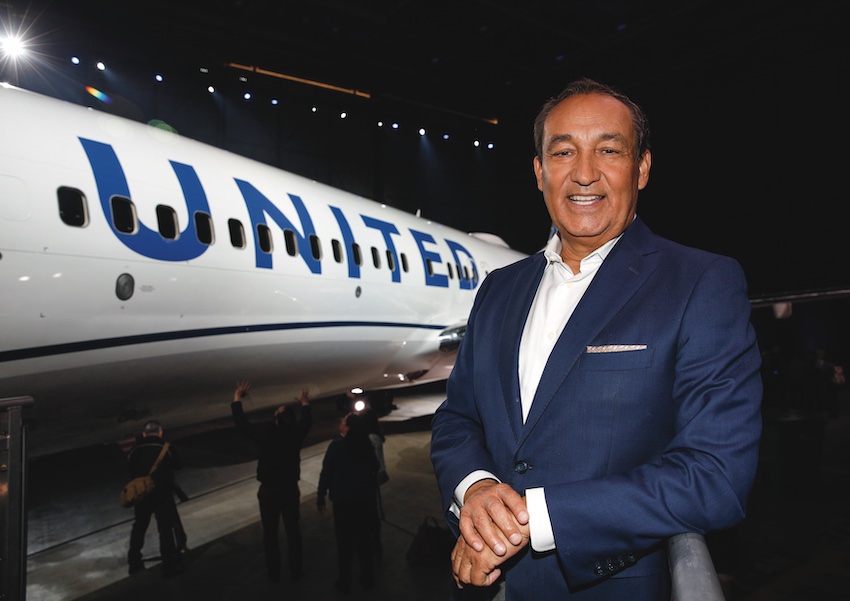Omar Mugharbel, CEO, is building a world-class football league. He talks with Brunswick’s Jamil Fahmy & Adam Jibali.
Star player Cristiano Ronaldo joined the SPL team Al Nassr in 2022. Here he runs with the ball during a match in Riyadh in May.
The Saudi Pro League is by any measure the fastest-growing football confederation in the world. While still not as well known as the English Premier League, La Liga or Serie A, in just a few seasons, the SPL has gone from regional competitor to international headline-maker, drawing marquee names from across Europe and South America and broadcasting to more than 180 countries.
In July, SPL’s Al Hilal defeated Manchester City 4-3 in an exciting match that drove into extra time. The victory moved the club to the World Cup quarter finals and was hailed by The Guardian as “a turning point in how football in the region is viewed by Europe’s elite.”
The rise in visibility has been fueled in part by an extraordinary influx of global football icons who have chosen to make the SPL their new stage. It began in 2022 with Cristiano Ronaldo’s groundbreaking move to Al Nassr. That momentum has only accelerated, with global stars like Karim Benzema, Neymar Jr., N’Golo Kanté, Riyad Mahrez and Sadio Mané joining clubs across the Kingdom. These aren’t just transfers—they’re brand events that spark global buzz and draw millions of new fans. On the touchline, the SPL is equally ambitious—attracting top-tier managerial talent including Jorge Jesus, Marcelo Gallardo, Steven Gerrard and, most recently, Simone Inzaghi, who arrives fresh from leading Inter Milan to a UEFA Champions League final.
For many of these players and coaches, the SPL isn’t simply a final stop in their careers, but a new frontier—a place to lead, compete and be part of a transformational footballing project, while also creating opportunities for the next generation of emerging talent.
At the center of this transformation is Omar Mugharbel, who became CEO of the League in early 2024. His background isn’t in sport. He spent most of his previous life in retail, consumer industries and consulting before being headhunted for his current role. But the mandate was clear: to professionalize, commercialize and stabilize the League. Not just as a competition, but as an institution. Under Mugharbel, the SPL is actively supporting clubs in everything from data and scouting to commercial operations and youth development: a centralized model more hands-on than most global counterparts.
“For me, this was a calling,” he reflects. “A rare opportunity to be part of something larger than myself; to help shape the future of football in Saudi Arabia on a global level.”
Recently, Omar Mugharbel sat down with Brunswick’s Jamil Fahmy and Adam Jibali. Their conversation covered the League’s transformation, the evolving role of Saudi football in the global landscape and the work happening behind the scenes to build something sustainable, competitive and locally rooted.
What does long-term success look like for the SPL?
We put a lot of emphasis on our fans. That’s who we’re building this for. Everything else, from our commercial growth, our broadcast product and our operational performance, hinges on the fan experience. We want to build a thriving league with a broad fan base, both domestically and internationally, and we want it to be something that brings pride to our supporters.
Commercial sustainability is a key aspect to achieving this—how we grow revenue, support clubs, build the right governance structures and set the benchmark for professional football in the region. Our goal isn’t to simply adopt global best practices, but to set new benchmarks ourselves.
“Young Saudi players are now being scouted by European clubs—not by chance, but as a clear signal that the talent emerging from SPL is being taken seriously on the global stage.”
How are you thinking about talent, in terms of both attracting top players and developing local ones, to make the overall product more appealing?
Player development is one of our foundational priorities. That’s why we established the Player Acquisition Center of Excellence—a centralized, League-run platform that supports clubs across every stage of the recruitment lifecycle.
From scouting and data analysis to player integration and post-transfer support, PACE works closely with clubs to ensure the right talent is identified, acquired and embedded effectively. No other league offers this level of centralized support across the player journey.
At the same time, we’re placing significant emphasis on youth development. We’ve raised the bar for programs nurturing homegrown talent and are collaborating with clubs on a wide range of grassroots initiatives. We’ve also introduced progressive regulations aimed at building sustainable talent pipelines.
For example, last season we expanded the number of foreign player slots per club, but required the additional signings to be under the age of 21. The idea wasn’t just to bring high profile names, but to attract younger players with long-term growth potential. This approach supports both sustainability and future value—developing talent that can ultimately draw international attention.
What are you seeing on the ground in terms of how Saudi football culture is evolving?
One of our objectives is to reduce the average squad age and ensure younger players get more minutes on the pitch. But beyond that, we’re witnessing a broader cultural shift. Young Saudi players are now being scouted by European clubs—not by chance, but as a clear signal that the talent emerging from SPL is being taken seriously on the global stage.
We’ve also put more emphasis on club licensing and youth development criteria. This is driving clubs to invest more meaningfully in facilities, development pathways and technical expertise. It’s still early, but the building blocks are falling into place.
On the global front, how are you building the SPL’s presence and reach? What’s the plan to attract more eyeballs from around the world?
We’ve been focused on a few key areas, starting with broadcast. Securing the right broadcasting partners has been essential, and we’ve made real progress. Today, SPL matches are shown in over 180 countries through 30 different partners. That’s a level of global reach that rivals many of the world’s top leagues, and it’s helped expand the League’s IP into new regions.
The impact is already visible. Our social media following has surged by over 60% since last season. Website traffic is up ninefold year-on-year. YouTube subscriptions have tripled.
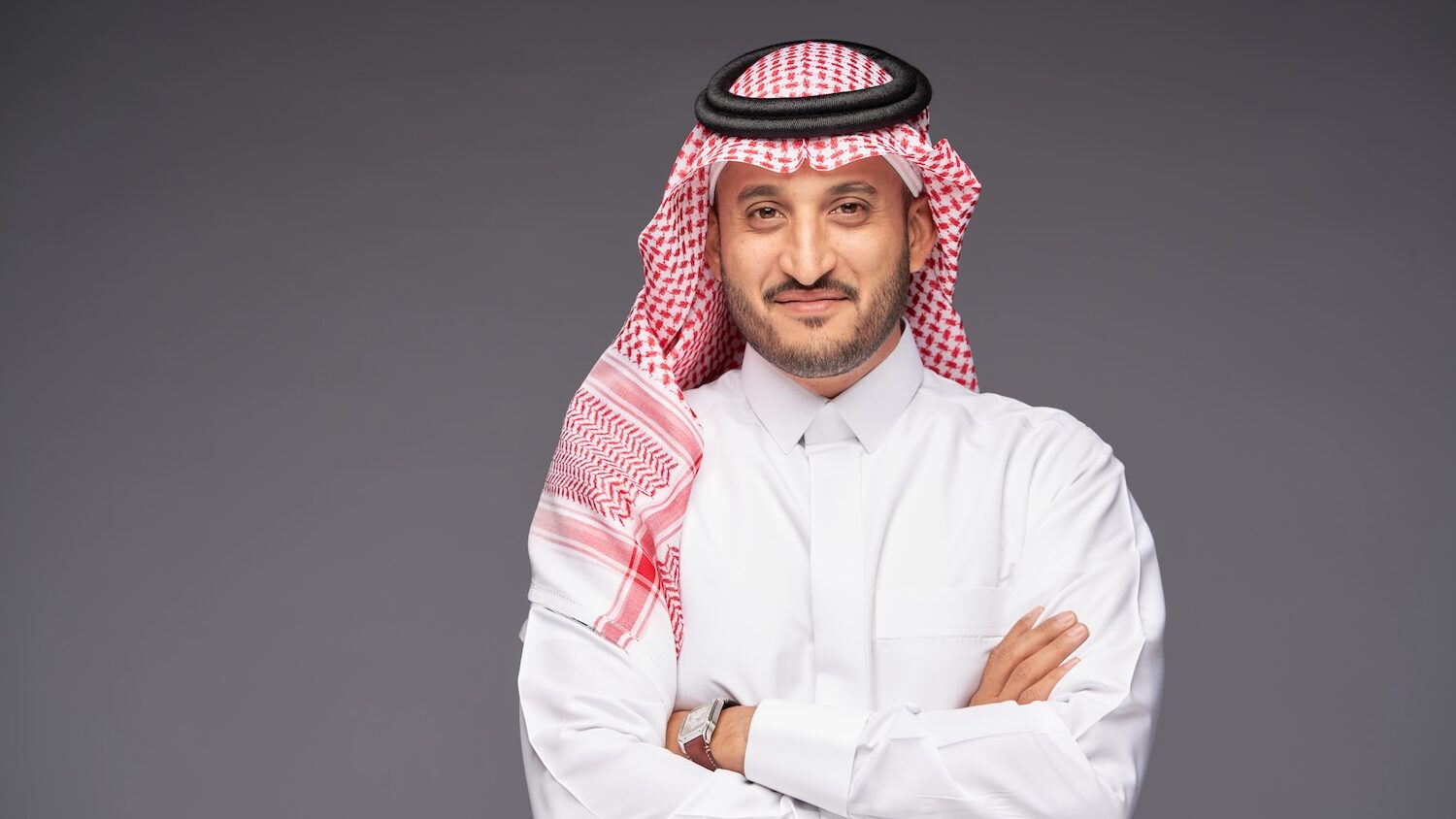
But the shift isn’t just confined to digital spaces—you can feel it in the stadiums. At clubs like Al Nassr and Al Hilal, we’re seeing an increasingly international fan base, with supporters flying in from around the world to watch their favorite players live. Stadium attendance overall is up nearly 37% compared to the 2021-22 season, which is a clear sign of growing interest in the League.
And just this summer, we had one of the clearest signs yet that our ambition is being matched by real footballing credibility. When Riyadh’s Al Hilal beat Manchester City in the Round of 16 at the Club World Cup, it wasn’t just a headline—it was as organic a PR moment as the SPL could have hoped for. It showed that our clubs aren’t just drawing talent; they’re competing at the highest level and winning. That matters—not just to us, but to global audiences who are watching more closely than ever.
And we’re just getting started. We’re deepening our engagement in key markets. Brazil, for instance, is one we’re actively engaging, and we’ll keep building the storytelling and content around our clubs and players to connect with audiences worldwide.
There’s a lot of external change, but what’s happening behind the scenes at the League from a governance perspective to support it?
Honestly, this is where much of our focus lies. While high-profile transfer signings often grab the headlines, our priority behind the scenes is building a sustainable foundation for the League’s long-term success.
It’s not just about what’s on the pitch, it’s also about evolving as an institution. That means refining our governance model, modernizing rules and regulations, and investing in the tech and data infrastructure that underpins a professional football ecosystem. We’re developing a more sophisticated organizational framework that enables us to support clubs more effectively and govern with greater precision.
Among the key milestones, we’ve launched a new competition management system and are doubling down on stadium connectivity to enhance broadcast quality and fan experience. These are the
less visible, but critical, building blocks of long-term professionalism.
What does commercial sustainability look like in practice?
Commercial sustainability rests on a few key pillars. First, we’re focused on maximizing the value of our existing assets—things like registry rights and commercial inventory. It’s about optimizing and unlocking value so both the League and the clubs can benefit more directly from what’s already in place. And some of these efforts are already showing results. For example, international sponsorship revenue has doubled, and overall sponsorship is up 16%. It’s a strong signal that the League’s commercial profile is rising in parallel with its on-pitch ambitions.
Second, we’re building new revenue streams. That means identifying additional assets—digital or operational—and structuring them in ways that drive commercial returns over time. It’s about expanding the League’s overall commercial footprint in a strategic, scalable way.
Third, we’re working closely with clubs to help them improve their own commercial capabilities. This includes supporting sponsorship access, helping them develop inventory, and in some cases, centralizing certain rights to help them unlock more value.
Finally, we’re reinforcing the financial framework that underpins the League. Sustainability isn’t just about generating more; it’s about managing better. We’re putting robust financial regulations in place to ensure growth is responsible, long-term and resilient—not just focused on short-term wins.
“Our focus has always been clear: to build a league that is competitive, exciting and sustainable—first and foremost for our domestic fans. That’s where it starts.”
What investments or initiatives beyond player signings are you most excited about?
One of the big shifts happening in the League is the ongoing privatization of clubs. While I wouldn’t call it a traditional “investment” in the financial sense, it represents a transformational change in the League’s structure. As more clubs move into private ownership, we’re seeing a redefinition of how they operate and how they’re governed. It’s a foundational shift that will drive greater accountability, professionalism and long-term sustainability across the League.
We’re also making serious investments in technology. One example is our central data system, an integrated platform that we believe will be among the most advanced in football. It provides comprehensive performance tracking, both during matches and in training, offering clubs a unified, real-time view that supports everything from squad planning and tactical development to workload management and injury prevention.
It’s not just a “Moneyball” type of scouting tool, it’s a performance infrastructure that equips coaches, analysts and performance staff with the insights they need to make smarter, faster and more informed decisions, every day.
In your view, what’s the most common misconception people still have about the League or its direction?
To be honest, we’re not driven by outside perceptions. Our focus has always been clear: to build a league that is competitive, exciting and sustainable—first and foremost for our domestic fans. That’s where it starts. From there, we’re creating something that is credible and compelling enough to resonate with a global audience.
Of course, there will always be critics or those who see it differently. But we believe those views are beginning to shift. You saw it in Al Hilal’s victory over Manchester City at the Club World Cup, and in Al Ahli’s triumph in the Asian Champions League. Last season, three Saudi teams reached the AFC semi-finals. These authentic, on-pitch milestones continue to reshape how people understand what’s really happening in Saudi football.
Our job is to keep building—both on and off the pitch—and trust that over time, as more people see it for themselves, the narrative will take care of itself.
More from this issue
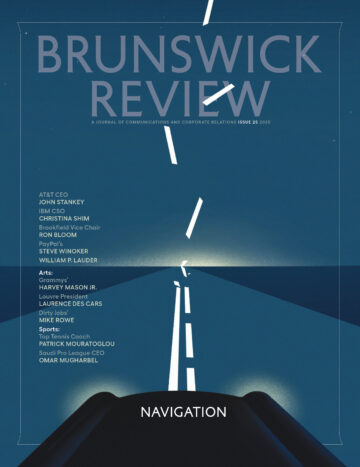
Navigation
Most read from this issue

The Moon’s Lessons
